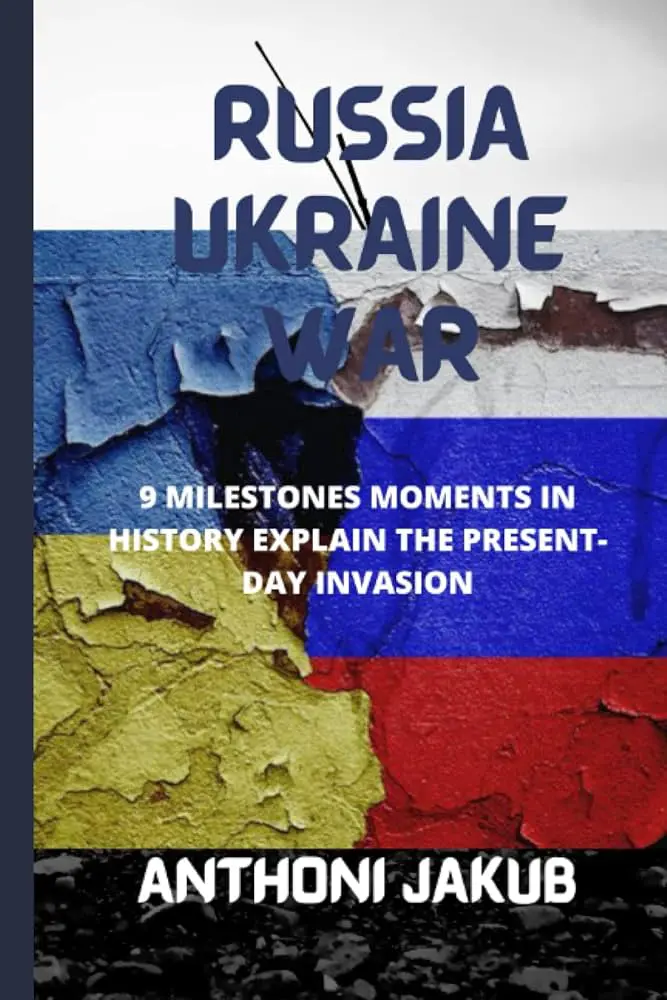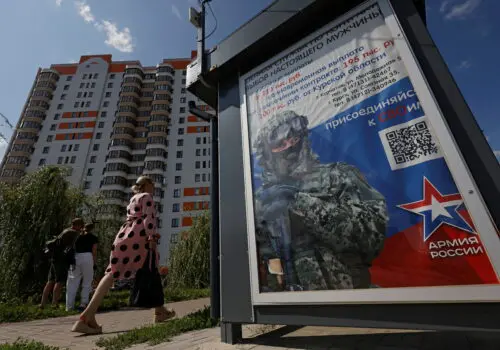The ongoing conflict between Russia and Ukraine has entered its third year, marking significant milestones and profound consequences for both nations and the world. As of February 10, 2025, the war has reached day 1,082, characterized by escalating military actions and complex diplomatic negotiations. This article takes a deep dive into the key events and developments during this prolonged crisis, shedding light on the impact of military strategies, political moves, and the humanitarian crisis unfolding on both sides.
From the destruction of military assets to unprecedented geopolitical shifts, each day brings new challenges and revelations. The involvement of international actors has also added layers of complexity to the situation, affecting decisions at both the local and global levels. Understanding these dynamics is crucial to grasping not just the tactical aspects of the conflict but also the broader implications for global security and politics. Here, we will navigate the turbulent waters of the Russia-Ukraine war, exploring the significant events that have marked its course up to this point.
Recent Military Developments
The situation on the battlefield has changed dramatically in recent days. On February 9, reports indicated that Russia’s Ministry of Defence claimed to have destroyed 35 Ukrainian drones overnight, primarily over the Kursk region, which borders Ukraine. In contrast, Ukraine’s military has publicly stated that it intercepted 70 out of 151 Russian drones launched during the same night, showcasing the high-stakes air warfare that has come to define this conflict.
Kyiv’s Mayor, Vitali Klitschko, confirmed an overnight drone attack resulting in a fire at a non-residential building, although no injuries were reported. Such attacks underscore the persistent threat civilians face amid military engagements. The city remains a focal point as it constantly prepares for regardless of the intensity of the offensive. The air raid sirens, heightened military presence, and emergency drills have become part of everyday life in Kyiv.

Ukrainian Offensive in Kursk
President Volodymyr Zelenskyy has confirmed a new offensive in the Kursk region, an area that has witnessed intense military confrontations. He also noted that North Korean troops are reportedly fighting alongside Russian forces, further complicating the operational landscape. Intelligence suggests that a significant number of enemy troops were neutralized, indicating heavy fighting and losses on both sides.
This new phase of the conflict highlights Ukraine’s strategic approach, focusing on reclaiming lost ground and maintaining pressure on Russian forces. By confirming the involvement of North Korean troops, Zelenskyy’s administration aims to underscore the gravity of the situation and call for increased international support. Understanding the nuances of troop movements and alliances is essential in assessing the ongoing military strategies.
Political Maneuverings and International Responses
The political climate surrounding the conflict has seen dramatic shifts as well. German Chancellor Olaf Scholz criticized former U.S. President Donald Trump’s controversial demands for Ukraine’s rare earth minerals in exchange for American aid. Scholz’s stance reflects a broader concern that aid should not come with strings attached, suggesting that genuine support for Ukraine is paramount for maintaining European security.
President Zelenskyy has been vocal about wanting crucial investments from allies in Ukraine’s mineral resources, firmly stating that these resources will not be provided for free. His perspective emphasizes the importance of partnerships and mutual benefits in international relations, particularly in the realm of military and economic support.
Diplomatic Developments
The ongoing conflict has not only been a military engagement but a chess game of diplomacy. Zelenskyy accused Putin of seeking to prolong the war rather than engaging in genuine peace negotiations. Intelligence reports indicate a growing collaboration between Russia and North Korea, which Zelenskyy cites as reason for concern as it suggests a deeper alliance among adversaries of the West.
Conversely, Trump recently stated that he had a conversation with Putin regarding ending the war, though he has not specified the number of times these dialogues occurred. Such statements introduce another layer to the diplomatic chaos—calling into question not just the intentions of the involved parties but also the future prospects for peace and stability.
The Humanitarian Impact
The toll of the war has been devastating, with countless civilian casualties and a humanitarian crisis that now spans multiple borders. Reports indicate that more than 11,743 people have died, with significant injuries affecting over 24,600 others, including a heartbreaking number of children. The ongoing violence has created a staggering rate of displacement and insecurity for countless families.
In frontline towns like Pokrovsk, police units are working tirelessly to convince residents to evacuate, emphasizing the seriousness of the threat they face. The situation is dire, highlighting the need for a concerted global effort to provide humanitarian assistance and alleviate the suffering of those affected by this brutal conflict.

Crisis Response and International Aid
The international community has been galvanized to respond to the humanitarian crisis, with various organizations mobilizing to provide aid to affected populations. This response is crucial not only for immediate relief but also for long-term recovery initiatives, which will be vital as the conflict drags on.
Countries around the world have contributed supplies, food, and medical assistance, motivating NGOs and intergovernmental organizations to strategize effective aid distribution. Ensuring that aid reaches those most in need remains a critical challenge, particularly given the ongoing violence and instability.
Energy Independence: A Strategic Shift
In a significant geopolitical move, the Baltic states of Lithuania, Estonia, and Latvia have successfully disconnected from Russia’s energy grid, thereby achieving full energy independence. Lithuanian President Gitanas Nauseda confirmed the transition, marking a pivotal moment that reinforces the diminishing influence of Russia in the region.
This shift not only reflects a growing resilience among these nations but also aligns with broader efforts by European nations to reduce reliance on Russian energy sources and enhance geopolitical security. The implications of this transition are vast as Europe seeks to chart a path towards self-sufficiency and sustainability.

Future Implications for Europe
The successful disconnection from Russia’s energy supply may serve as a blueprint for other European countries looking to bolster their own energy security. As international dependencies shift, the balance of power in Europe continuously evolves. The steps taken by the Baltic states may encourage other nations experiencing similar vulnerabilities to scrutinize their energy policies more closely and consider alternative routes to energy security.
Moreover, this transition could impact diplomatic relations within Europe, potentially leading to a more unified stance towards Russia amid ongoing tensions. As nations adapt to a new energy landscape, the dialogue surrounding future collaborations and alliances is expected to shift, further reshaping the geopolitical landscape.
Social Media’s Role in Shaping Narratives
As the conflict continues to unfold, social media has played an essential role in shaping public opinion and disseminating news about the ongoing war. Platforms like Twitter and TikTok have allowed people from around the world to witness frontline realities, providing a sense of immediacy and urgency to the events transpiring in Ukraine.
These platforms not only allow for real-time updates but also provide a crucial space for personal stories and testimonies from those directly affected by the conflict. The power of social media in fostering empathy and awareness cannot be understated, as it helps to humanize the statistics often presented in news reports.
The Impact of Journalism in the Digital Age
Journalists and photographers risk their lives to capture the truth of the conflict, highlighting the resilience of the Ukrainian people amid turmoil. Through their work, they provide a vital service to bring lesser-known narratives to light, challenging mainstream perspectives and offering a more complex understanding of the situation.
As they navigate through war zones, these reporters rely on social media to share their findings with the world, making the realities of war accessible to a global audience. Their commitment to truth-telling not only records history but contributes to shaping the discourse surrounding the conflict.
Source: www.aljazeera.com
I’m Mikael, a 35-year-old Gossip Gravity Creator. I’m passionate about curating captivating content that sparks conversations and ignites curiosity. Join me on this exciting journey as we explore the fascinating world of gossip and trends together!



